How to Master Motion: A Comprehensive Guide to Understanding the Distance Formula in Real-World Problems
Understanding motion and work problems, especially those involving the formula \(d=rt\) (where \(d\) stands for distance, \(r\) for rate, and \(t\) for time), can be simplified through a step-by-step guide:
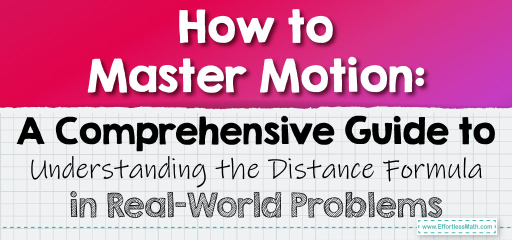
A step-by-step guide to Master Motion
Step 1: Understanding the Formula
- Formula: \(d=rt\).
- Distance (\(d\)): This represents the total distance traveled.
- Rate (\(r\)): This is the speed or velocity at which an object moves. It’s expressed as a distance per unit of time (like miles per hour or kilometers per hour).
- Time (\(t\)): The duration for which the object has been moving.
Step 2: Consistency in Units
- Importance of Consistent Units: It’s crucial to ensure that the units of rate and time match. For example, if the rate is in miles per hour, time should be in hours, not minutes.
- Converting Units: If units do not match, convert them. For instance, if time is given in minutes and rate in hours, convert time to hours by dividing by \(60\).
Step 3: Solving for Any Variable
- Solving for Distance (\(d\)): If rate and time are known, multiply them to find the distance.
- Solving for Rate (\(r\)): If distance and time are known, divide the distance by time to find the rate.
- Solving for Time (\(t\)): If distance and rate are known, divide the distance by rate to find the time.
Step 4: Application in Problems
- Problem Analysis: Identify what is being asked, what is given, and what is unknown.
- Assign Variables: Assign the given values to their respective variables in the formula.
- Solve: Perform the necessary calculations to find the unknown value.
Step 5: Common Mistakes to Avoid
- Not Converting Units: One of the most common mistakes is not converting units to ensure they are consistent.
- Ignoring Decimal Places: Be precise with calculations, especially when dealing with decimals.
- Misreading the Problem: Carefully read what is asked to correctly identify the known and unknown variables.
Step 6: Practice and Application
- Practice Problems: Regularly solve different types of motion problems to get a better grasp of the concept.
- Real-Life Application: Apply these concepts to everyday situations like calculating travel time for a trip or the speed of a vehicle.
By following these steps and practicing regularly, understanding motion and work problems, especially those related to the distance formula \(d=rt\), becomes more manageable and intuitive.
Examples
Example 1:
A car travels at a speed of \(50\) miles per hour. How far will it travel in \(3\) hours?
Solution:
\(Distance = Rate × Time = 50 \ \frac{miles}{hour} × 3 \ hours = 150 \ miles\).
Example 2:
A cyclist covers a distance of \(90\) kilometers in \(3\) hours. What is the cyclist’s average speed?
Solution:
\(Speed = Distance ÷ Time = 90 \ km ÷ 3 \ hours = 30 \frac{km}{hour}\).
Related to This Article
More math articles
- DAT Quantitative Reasoning Math Worksheets: FREE & Printable
- Algebra Puzzle – Challenge 36
- How to Determine Indeterminate Form and Vague Limits
- 7th Grade SC Ready Math Worksheets: FREE & Printable
- Best Laptop for High School Students in 2024
- Properties of Limits
- Model Magic: Visualizing Division with Two-digit Divisors
- 10 Most Common FTCE Math Questions
- 10 Most Common 6th Grade PSSA Math Questions
- How to Use Parallelogram Rule for Vector Addition and Subtraction
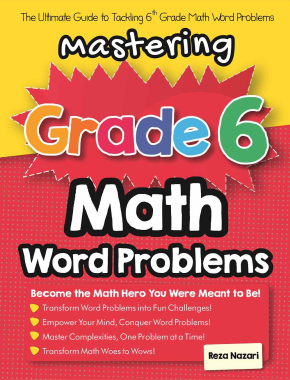

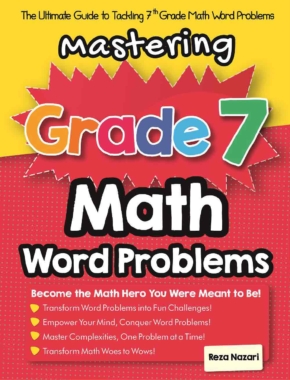

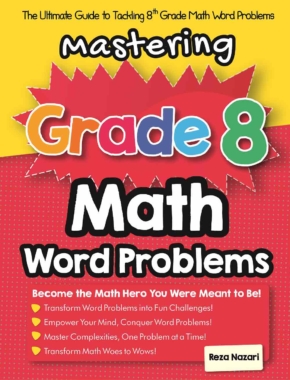

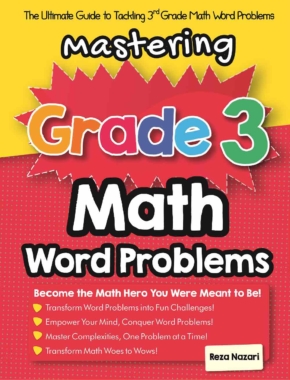
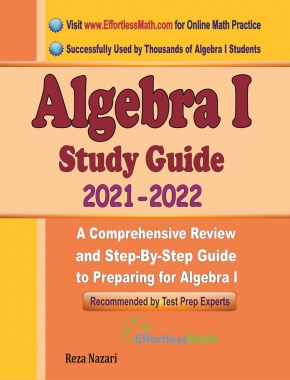
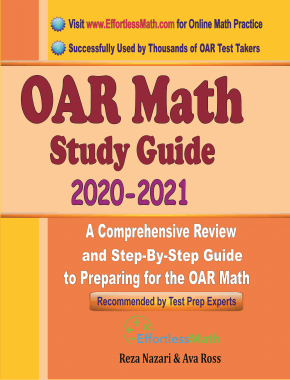
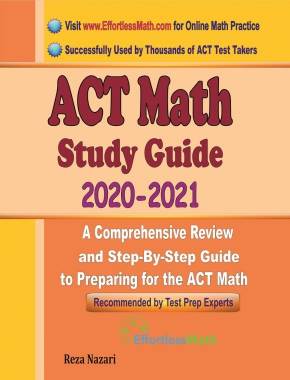
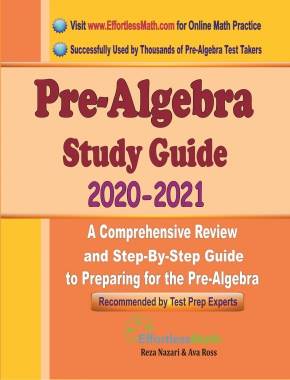
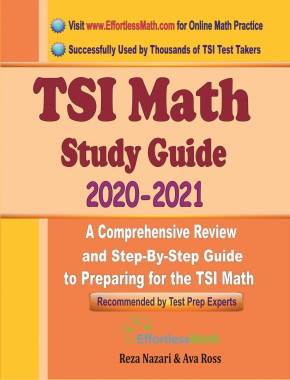
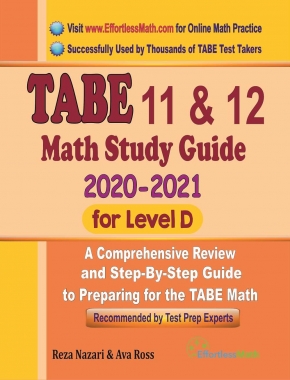
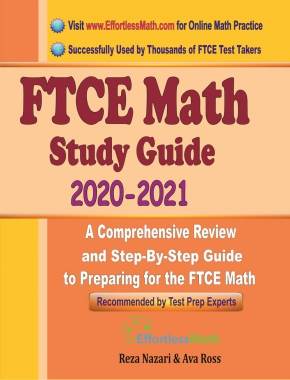
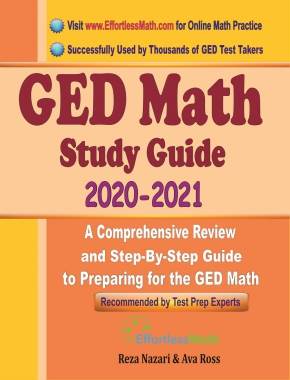

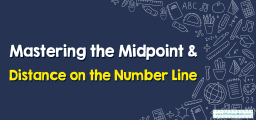


What people say about "How to Master Motion: A Comprehensive Guide to Understanding the Distance Formula in Real-World Problems - Effortless Math: We Help Students Learn to LOVE Mathematics"?
No one replied yet.